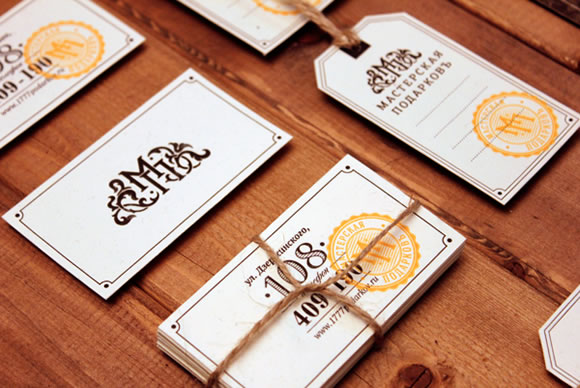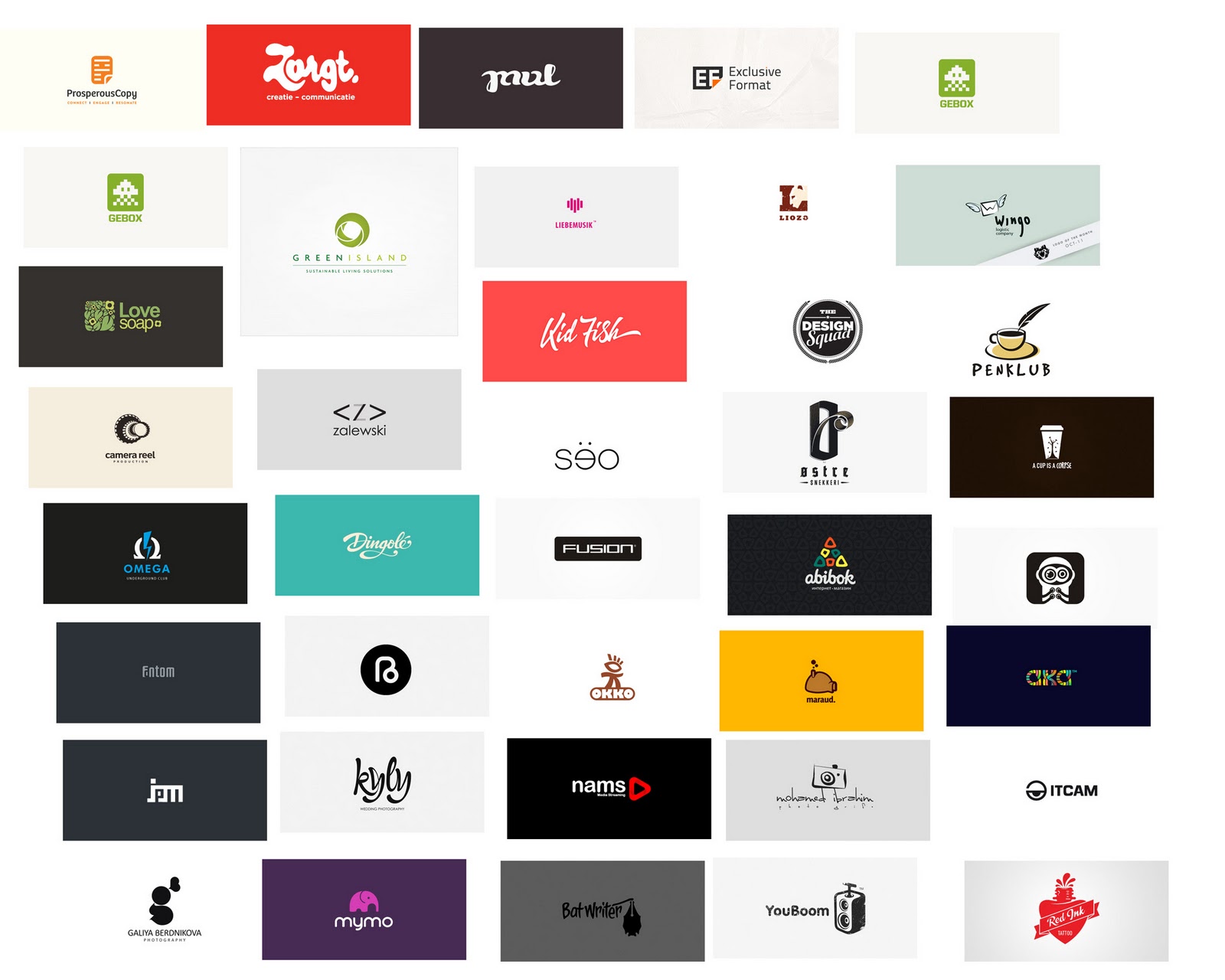

How often do they buy wine? Is wine a weekly grocery they pick up or something they buy just for special occasions?.Do they consider themselves a casual wine drinker, a connoisseur or something in-between? Would they use a phrase like “wine snob” to describe themselves?.When do they drink wine? At parties they host? At BYOB restaurants? Relaxing on the couch while they watch TV?.Where do they buy wine? Specialty bottle shops, discount liquor stores, the grocery store?.What’s my ideal buyer’s approximate age range? Late 20s, 30s-40s, 50s+?.Wine label design by skahorseĪsk yourself the following questions to determine your wine’s customer avatar: And specifically, why are they drinking it? Maybe your ideal buyer is a gracious holiday host. Think the mom who shares a bottle with her best friends or the retiree who’s recently gotten into gourmet cooking. Sure, a person might like all of these options and drink different things as the occasion calls for them, but when it comes to marketing to wine drinkers, your branding has to fit wine drinker personas. Nor are they the same as whiskey or vodka drinkers. Wine drinkers aren’t the same as beer drinkers. Maybe your ideal drinkers see themselves like this otter drinkers of a cool brand. In other words, in order to sell your wine to the person who’ll enthusiastically buy it, drink it and buy it again, you need a crystal-clear image of who that person is. Contrast that with beer, where you’ll only find crests and corks on the most expensive craft brews.īranding any product effectively requires you to accurately identify your ideal customer persona. With both, buyers expect an expensive bottle to look expensive. In a lot of ways, wine branding is similar to whiskey branding. But because buyers associate a screw top with a less valuable wine, lots of wine brands continue to seal up their whites with corks. The reality is, a screw top keeps oxygen out of the wine better than corks do, making it the ideal choice for white wines that don’t benefit from slight oxidation. That’s why so many wines still have corks. With wine branding, or really, any kind of branding, buyers’ perception is everything. Mosseland Cat wines stand out because of their uniquely shaped bottle. More traditional brands on the other hand communicate their classic style through design conventions like wordmark logos, classic imagery, serif fonts and muted colors. Many modern winemakers like to go for a striking yet clean and simple look using sans serif fonts, bright colors and bold imagery.
BRANDING INSPIRATION PROFESSIONAL
Great wine branding, which includes a professional looking and visually pleasing logo, label, color palette and bottle choice, instantly creates a good first impression. Simple doesn’t have to mean boring, as lots of minimalistic wine labels demonstrate. You’re not picturing Charles Shaw or Red Diamond, even though these wines cost about the same as the aforementioned “cheap” wines. When you hear the phrase “cheap wine,” what do you picture? For a lot of us, cheap wine means a big ol’ jug under the counter or a cardboard box with a plastic spigot.

With wine, there’s a big difference between inexpensive and cheap. But brands like Charles Shaw, better known as Trader Joe’s “Two Buck Chuck,” have changed that perception for consumers. We often have this perception of wine as being classy and fancy. Creating and selling your unique wine brand.Here’s everything you need to know about branding your wine from start to finish: Whether you’re a hobby winemaker making just a few barrels for yourself and your close friends, a larger scale winemaker looking to take your craft to the market or a graphic designer tasked with creating a delicious wine label, designing with your wine’s brand in mind is a sure way to guarantee it ends up in the right drinkers’ glasses. An exquisite wine needs exquisite branding. At a glance, a wine label should tell you everything you need to know about the wine within: the varietal, the target consumer, the origin, the notes, the right kind of setting for the wine. That’s why your wine branding needs to perfectly embody your winery’s identity. Let’s be real-and this may shock you if you’re a trained oenophile (aka somebody who really knows their wines)-most people buy wine based on the label on its bottle. But there is one thing that can instantly set a bottle apart from all the rest: great wine branding. Choosing the right bottle to drink with dinner can quickly become a daunting task. There’s all the varietals, then there’s all the varieties.

If you’ve ever walked the aisles of a liquor store, you know wine isn’t just wine.


 0 kommentar(er)
0 kommentar(er)
